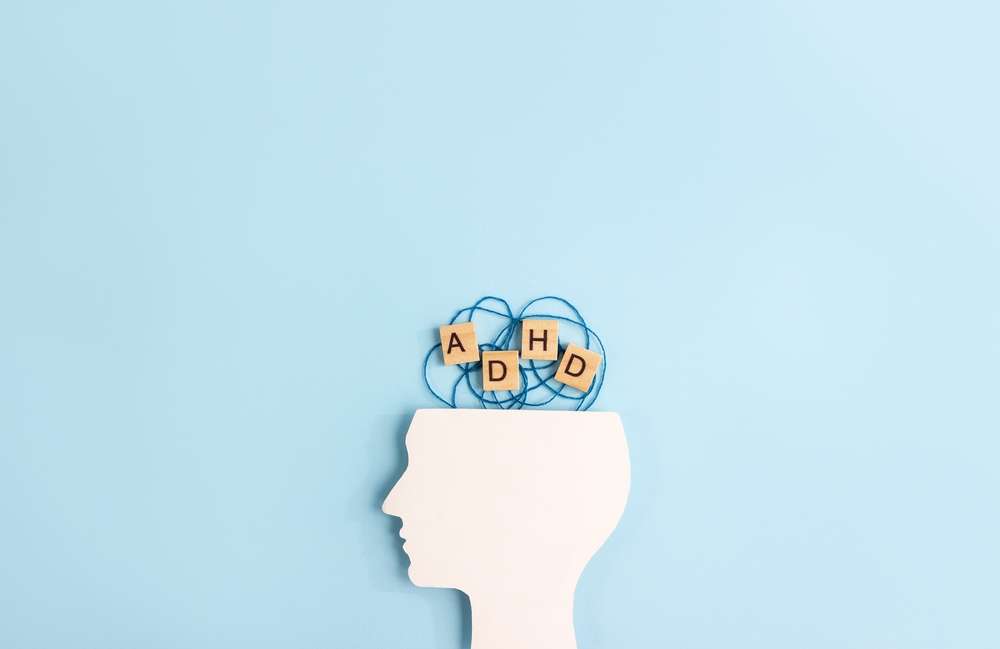Understanding the Stages of Stroke Recovery
The journey of stroke recovery is undoubtedly complex and uniquely different for each individual. Each person's recovery is influenced by numerous factors, including the type and severity of the stroke, the area of the brain affected, and their overall health prior to the stroke. As we delve into the various stages of recovery from a stroke, it becomes essential to emphasize the importance of patience and consistency. This article aims to provide a comprehensive overview of the stages of stroke recovery, shedding light on the rehabilitation process, typical timelines involved, and the critical role of post-stroke therapy.

Recovery from stroke follows a predictable pattern of stages, though the timeline and extent of improvement varies greatly among survivors. Medical professionals have identified several distinct phases that most stroke patients experience, each characterized by specific neurological changes and rehabilitation opportunities. These stages provide a framework for understanding the healing process and guide treatment decisions throughout the recovery journey.
What Are the Primary Stroke Recovery Stages
The acute stage occurs immediately after stroke onset and typically lasts 24 to 72 hours. During this critical period, brain swelling peaks and medical teams focus on stabilizing the patient and preventing further brain damage. Spontaneous recovery often begins within the first few days as brain swelling subsides and blood flow improves to affected areas. The subacute stage follows, lasting approximately three to six months, when the most dramatic improvements typically occur due to neuroplasticity and intensive rehabilitation efforts.
The chronic stage begins around six months post-stroke and can continue indefinitely. While recovery slows significantly during this phase, continued improvements remain possible through consistent therapy and lifestyle modifications. Some patients experience a plateau effect, where progress seems to stall, but research shows that meaningful gains can still occur years after the initial stroke with appropriate interventions.
How Does Therapy Support Stroke Patients Living at Home
Home-based rehabilitation plays a crucial role in stroke recovery, allowing patients to practice skills in their natural environment while maintaining independence. Physical therapists work with patients to improve mobility, balance, and strength through exercises tailored to daily activities. Occupational therapists focus on relearning essential tasks such as dressing, cooking, and personal care, often recommending adaptive equipment to enhance safety and function.
Speech-language pathologists address communication difficulties and swallowing problems through targeted exercises and strategies. Family members receive training to support therapy goals and ensure consistent practice between professional sessions. Telehealth services have expanded access to specialized care, enabling remote consultations and guided therapy sessions for patients in rural or underserved areas.
What Types of Stroke Recovery and Therapy Options Exist
Stroke rehabilitation encompasses multiple therapeutic approaches designed to address various impairments. Traditional physical therapy focuses on motor function recovery through exercises that promote strength, coordination, and balance. Constraint-induced movement therapy forces use of affected limbs by restricting the unaffected side, encouraging neural pathway development.
Emerging technologies enhance recovery outcomes through innovative approaches. Virtual reality systems provide engaging environments for practicing motor skills and cognitive tasks. Robotic-assisted therapy devices help patients perform repetitive movements with precise control and feedback. Electrical stimulation techniques can activate weakened muscles and potentially accelerate nerve regeneration. Music therapy and art therapy address emotional well-being while potentially supporting cognitive and motor recovery.
How Can Patients Recover from Stroke More Effectively
Optimal stroke recovery requires a comprehensive approach combining medical management, intensive therapy, and lifestyle modifications. Early intervention proves critical, as the brain demonstrates maximum plasticity during the first few months following stroke. Consistent participation in prescribed therapies accelerates progress and helps prevent complications such as muscle contractures or secondary health issues.
Nutrition plays a vital role in recovery, with adequate protein intake supporting tissue repair and anti-inflammatory foods potentially protecting against future strokes. Regular sleep patterns promote brain healing and consolidate motor learning gains achieved during therapy sessions. Social support from family, friends, and support groups provides emotional encouragement and practical assistance throughout the recovery process.
What Can Be Expected During Stroke Recovery at 6 Months
The six-month milestone represents a significant transition point in stroke recovery, marking the end of the subacute phase and beginning of the chronic stage. Most patients have achieved their maximum spontaneous recovery by this time, though continued improvements remain possible through ongoing rehabilitation efforts. Functional assessments at six months help establish realistic long-term goals and guide future treatment planning.
| Recovery Aspect | 0-3 Months | 3-6 Months | 6+ Months |
|---|---|---|---|
| Motor Function | Rapid improvement possible | Continued gains with therapy | Slower but ongoing progress |
| Speech Recovery | Basic communication returns | Complex language skills improve | Fine-tuning and compensation |
| Cognitive Function | Attention and memory issues common | Gradual improvement with training | Adaptive strategies develop |
| Independence Level | Significant assistance needed | Moderate assistance required | Minimal to no assistance goal |
Many stroke survivors continue experiencing meaningful improvements well beyond the traditional six-month recovery window. Research demonstrates that neuroplasticity persists throughout life, enabling the brain to form new connections and compensate for damaged areas. Patients who maintain active rehabilitation programs often achieve functional gains years after their initial stroke, challenging outdated beliefs about recovery limitations.
The journey through stroke recovery stages requires patience, persistence, and professional guidance. While each survivor’s path differs, understanding these phases helps patients and families navigate challenges while maintaining realistic hope for continued improvement. Success depends on consistent therapy participation, strong support systems, and adaptive strategies that promote independence and quality of life throughout the recovery process.
This article is for informational purposes only and should not be considered medical advice. Please consult a qualified healthcare professional for personalized guidance and treatment.




